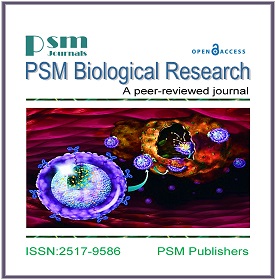The Outcome of Urinary Tract Infections among Diabetes Mellitus Patients in Ibb City, Yemen
Keywords:
Diabetes mellitus, Urinary tract infections, Microbial pathogens, Yemen.Abstract
Urinary tract infections (UTIs) are the major health problem of patients with diabetes mellitus (DM) in Yemen, due to treatments of UTIs are usually empirical without a urine culture, which guide to use an inappropriate therapy. So, the current study was designed to examine the microbial pathogens that caused UTIs in DM patients at Nasser hospital in Ibb city-Yemen. A case-control study was conducted by collecting one hundred and thirty urine samples from DM patients (100) and 30 healthy individuals kept as normal control (NC). All urine samples of DM patients and NC individuals were analyzed by direct examination and inoculated in different standard bacteriological media and biochemical tests for the diagnosis species of microbial pathogens (bacteria and fungi) were performed. The microscopic examinations of urine showed that the white blood (W.B.Cs) or pus cells, Red blood cells (R.B.Cs), epithelial cells, glucosuria, and bacteriuria were significantly increased in DM patients than NC ones. There were non-significant differences of fasting blood sugar (mean=175 ± 46.4 mg/dl) among DM patients. The incidence of microbial growth that caused UTIs in DM patients were (38%), including 10% in T1DM and 28% in T2DM, which was highly significant than those in NC (7%). Our findings showed a higher incidence of Gram-negative bacteria (60.5%) than gram-positive bacteria (34.2%) and fungi (5.3%). Gram-negative species include Escherichia coli (18.4%), Klebsiella pneumoniae (13.1%), Neisseria gonorrhoeae (10.5), Pseudomonas aeroginosa (7.9%), Proteus mirabilis (5.3%), and Salmonella typhi (5.3%) while Staphylococcus aureus (15.8%), Streptococcus spp (10.5%) and Staphylococcus spp (7.9%) belong to gram-positive bacteria. The fungal isolates were of Candida albicans. Our results demonstrated that Escherichia coli and Staphylococcus aureus were more prevalent pathogens that caused UTIs in DM patients.







